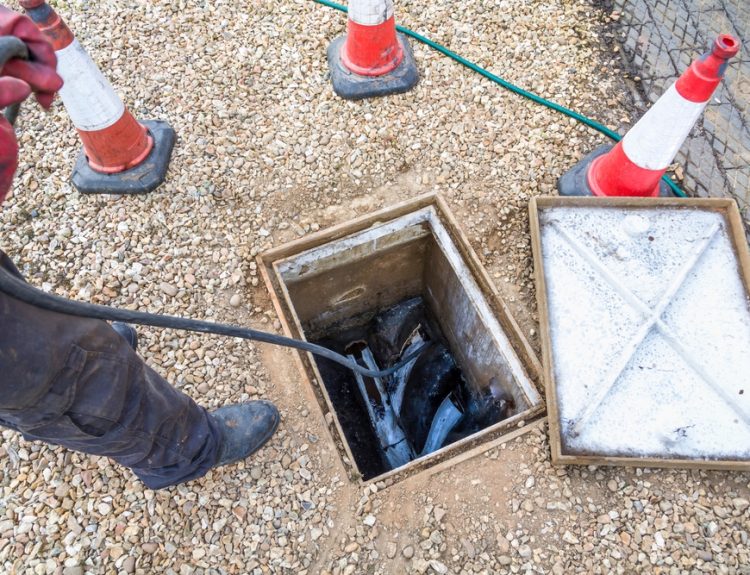According to Jeffrey Bazarian, M.D., professor of Emergency Medicine at the University of Rochester Medical Center (URMC), approximately 3 million people are diagnosed with a concussion every year. A majority of those are suffered by athletes who end up with a sports concussion when they experience a head injury while playing their game.
Dr. Bazarian has studied concussions for more than 10 years. He has learned that some who are diagnosed with a concussion recover quickly. Others take three months or longer. What he believes is needed, that does not currently exist, is a way to know “which medicines or therapies work to shorten the duration of recovery.”
Just because symptoms have abated does not mean that the person has recovered from their concussion. Far too often, an athlete will resume playing his sport only to suffer another sports concussion before the previous one has healed.
The new study involves five other institutions and laboratories operated by Kian Merchant-Borna and focuses on children between the ages of 11 and 18. The goal is to develop biomarkers that will be able to identify those who may take longer to heal. Then, appropriate treatments can be implemented.
Highlights of the Current Study
What Diagnostic Tools Are Already In Use
Blood tests. A blood test was approved by the Food and Drug Administration (FDA) in 2018 that is used within the first 12 hours after a player has experienced a head injury. It detects proteins that are released into the blood if the injured person has a concussion.
Electroencephalogram. The FDA recently approved the use of a disposal set of electrodes to measure brainwave activity that helps clinicians diagnose a brain bleed from a concussion.
What the Current Research Study Hopes to Learn
Involved in the study are student-athletes from the University of Rochester and patients from the Emergency department of a local hospital who participate on a voluntary basis. Blood samples and other neuro-cognitive data are collected over a three-month period.
The participants are monitored based on their symptoms, such as headaches, nausea, and light sensitivity. The hope is that the data will help identify biomarkers that “could predict which kid will develop persistent symptoms after a concussion.”
Danger of Repeated Hits to the Head
Athletes and members of the military are often subject to repeated hits to the head. Since it is currently not possible to tell if an asymptomatic person has recovered from a previous concussion, a subsequent sports concussion creates the potential for the person to develop chronic traumatic encephalopathy (CTE). The only way to diagnose CTE is with an autopsy.
As for who will develop CTE, Bazarian says currently, there is “no way to know who is potentially headed in that direction. Blood-based biomarkers have the potential to be a practical way to monitor brain health in those exposed to clinically silent, repetitive head hits.” This will allow the early detection of a subtle brain injury that can be treated before the damage becomes irreversible.
Early detection could provide a way for clinicians to detect a “looming injury before concentration and memory symptoms are present.” It is true that an advanced MRI can detect subtle brain changes, but it is not practical to subject every candidate to a routine MRI monitoring program.
Research Based on Football Players
Part of the ongoing research focuses on University of Rochester football players who volunteer to participate. Their helmets are equipped with accelerometers which are sensors that record the number, direction, and force of head blows experienced during practice and actual games.
Before and after the season, the participants have brain scans and blood draws. This gives the researchers data about the impact of a concussion and repeated blows to the head. The data also shows how the brain reacts to blows that throw the brain from back to front when compared to blows shaking the brain from side to side.
Ten NFL teams put sensors in their players’ mouth guards. Four major universities are participating with the NFL and also putting sensors in the mouthguards.






